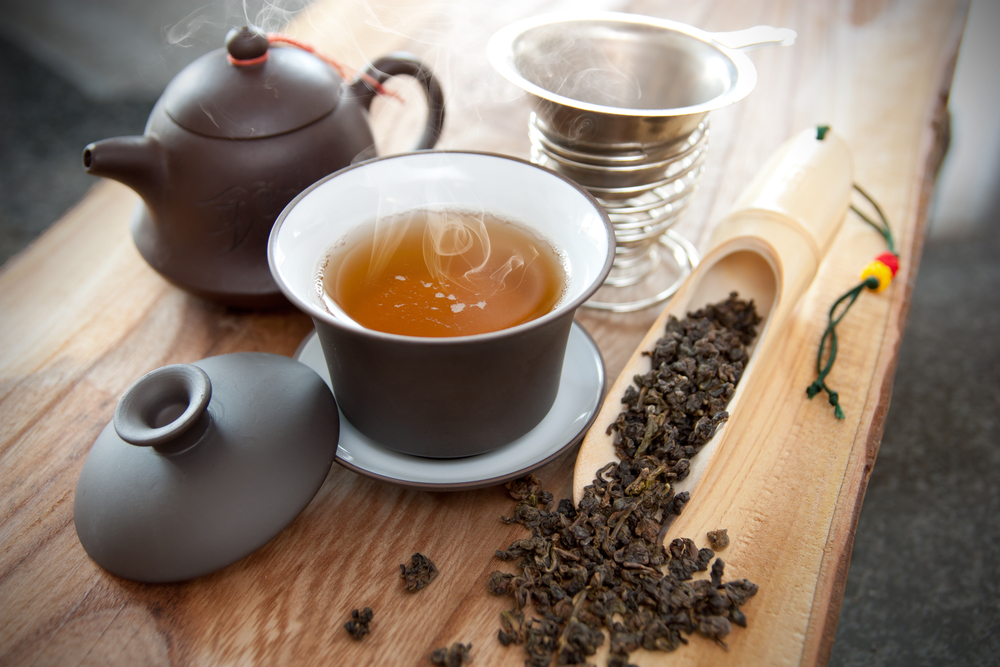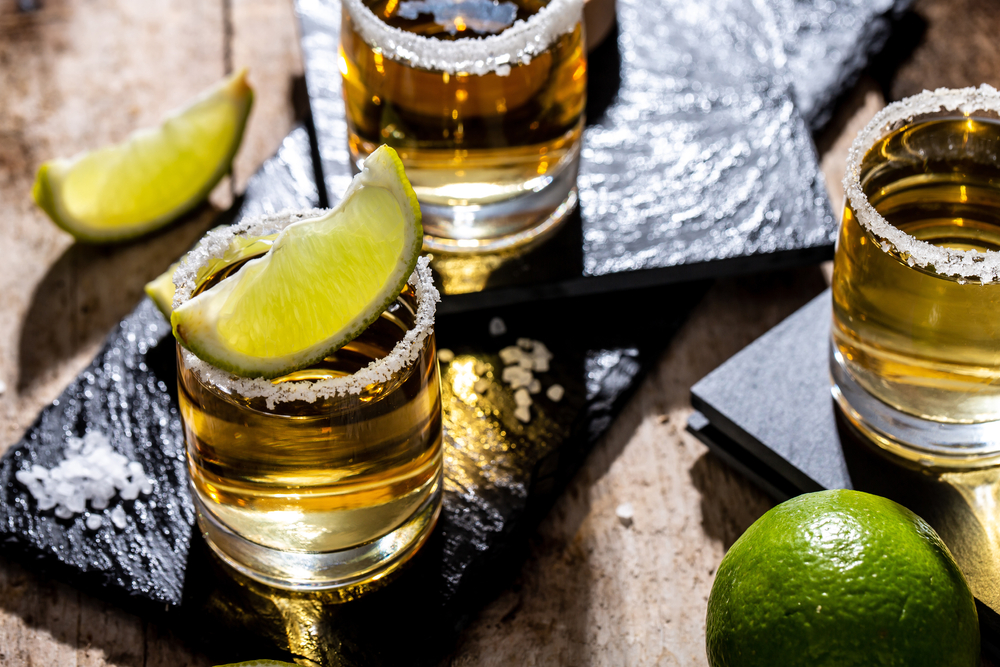I love a good cup of tea, and I know I’m not alone in this. But have you ever wondered what tea tastes like with milk?
Adding milk to tea is a common practice in many parts of the world, but the taste can vary depending on the type of tea, the milk used, and other factors. In this article, I’ll explore the taste profile of milk tea and some popular variations of this beverage.
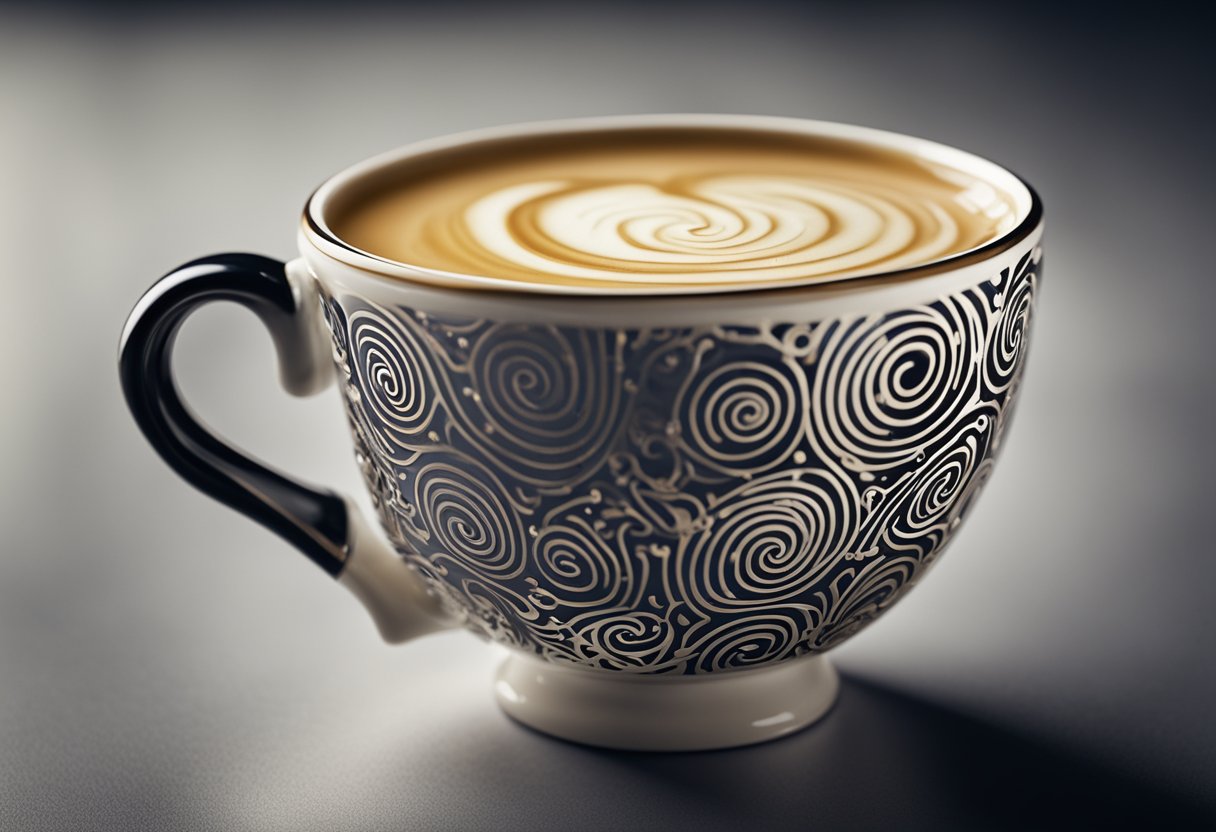
Tea is a complex beverage with a wide range of flavors and aromas. Understanding the basics of tea is essential if you want to appreciate the taste of milk tea fully. There are several types of tea, including black, green, white, and oolong, each with its unique flavor and aroma.
The type of tea used with milk can significantly impact the taste of the final beverage. Additionally, the role of milk in tea is essential to understand as it can affect the texture and flavor of the drink.
Key Takeaways:
- Milk tea taste can vary depending on the type of tea, milk used, and other factors.
- Understanding the basics of tea is essential to appreciate the taste of milk tea fully.
- The type of tea used with milk and the role of milk in tea can significantly impact the taste of the final beverage.
Understanding the Basics of Tea
As a tea lover, I have tasted various types of tea and experimented with different flavors and brewing methods. One of the most popular ways to enjoy tea is by adding milk. But what does tea taste like with milk? Let’s dive into the basics of tea and milk to understand how they complement each other.
Tea
Tea is made from the leaves of the Camellia sinensis plant. There are different types of tea, including black, green, white, and oolong. Each type of tea has a unique flavor profile and aroma.
The flavor of tea is affected by various factors, such as the type of tea leaves, the region where they are grown, and the method of processing.
When brewing tea, it is essential to use the right temperature of water and steeping time to bring out the best flavor. Hot water is typically used to brew tea, but some teas can also be enjoyed cold.
Milk
Milk is a dairy product that is commonly used as an additive to tea. Milk can add a creamy texture and a slightly sweet flavor to tea. When choosing milk for tea, it is best to use whole milk or a non-dairy milk that has a similar creamy texture.
Combining Tea and Milk
When combining tea and milk, the flavor of the tea can be altered. The addition of milk can mellow out the bitterness of some teas, such as black tea. Milk can also add a creamy texture to the tea, making it smoother and more enjoyable to drink.
However, not all teas are suitable for adding milk. Green tea, for example, has a delicate flavor that can be overpowered by the addition of milk. It is best to experiment with different types of tea and milk to find the right combination that suits your taste buds.
In conclusion, tea and milk can be a delicious combination when done right. By understanding the basics of tea and milk, you can experiment with different flavors and brewing methods to find the perfect cup of tea with milk.
Types of Tea Used with Milk
When it comes to adding milk to tea, not all types of tea are created equal. Some teas are better suited for milk than others. Here are some of the most common types of tea used with milk:
Black Tea
Black tea is the most common tea used for making milk tea. It has a robust flavor that can stand up to the richness of milk. Some popular black teas for making milk tea include Ceylon, Assam, and Darjeeling. Black tea blends like breakfast teas or earl grey are also a good choice.
Green Tea
Green tea is not commonly used for making milk tea as the milk can easily overpower its delicate flavor. However, some people enjoy the combination of green tea and milk. If you want to try adding milk to your green tea, choose a milder green tea like Dragonwell or Sencha.
Oolong Tea
Oolong tea is a semi-fermented tea that has a unique flavor profile. It is not commonly used for making milk tea, but some people enjoy the combination of oolong tea and milk. If you want to try adding milk to your oolong tea, choose a milder oolong tea like Tie Guan Yin or Bao Zhong.
Herbal Tea
Herbal teas are not made from the Camellia sinensis plant and do not contain caffeine. They are not commonly used for making milk tea, but some people enjoy the combination of herbal tea and milk. If you want to try adding milk to your herbal tea, choose a mild herbal tea like chamomile or rooibos.
White Tea
White tea is a delicate tea that has a subtle flavor. It is not commonly used for making milk tea as the milk can easily overpower its delicate flavor. However, some people enjoy the combination of white tea and milk. If you want to try adding milk to your white tea, choose a milder white tea like Silver Needle or Bai Mudan.
Chai Tea
Chai tea is a spiced tea that is traditionally made with milk and sugar. It is a popular tea in India and other parts of Asia. Chai tea is made by simmering black tea with a blend of spices like cinnamon, cardamom, and ginger. The addition of milk gives chai tea a creamy and rich flavor.
Matcha Tea
Matcha tea is a Japanese green tea that is made by grinding green tea leaves into a fine powder. It is commonly made with milk and is known for being a warm-weather drink. The matcha combined with the milk makes a light, delicate, and sweet flavor profile.
The Role of Milk in Tea
As a tea enthusiast, I often get asked about the role of milk in tea. Adding milk to tea is a common practice, especially in the UK, and it can have a significant impact on the taste and texture of the tea.
In this section, I will discuss the different types of milk that can be added to tea, how much milk to add, and the effect that milk has on the taste of tea.
Types of Milk to Add to Tea
When it comes to adding milk to tea, there are many options available. The most common types of milk used are whole milk, cream, half and half, soy milk, and almond milk.
Whole milk is the most traditional option and is often used in black teas. Cream and half and half are richer options that can be used in stronger teas like Assam or Darjeeling. Soy milk and almond milk are great alternatives for those who are lactose intolerant or vegan.
How Much Milk to Add to Tea
The amount of milk to add to tea is a matter of personal preference. Some people prefer a small amount of milk, while others like their tea to be more creamy.
As a general rule, it is recommended to add about a tablespoon of milk for every cup of tea. However, this can vary depending on the strength of the tea and the type of milk being used.
Effect of Milk on the Taste of Tea
The addition of milk to tea can have a significant impact on the taste and texture of the tea. Milk can help to smooth out the bitterness of some teas, making them more palatable. It can also add a creamy texture and a slightly sweet flavor to the tea.
However, it is important to note that adding too much milk can overpower the flavor of the tea, so it is best to add milk slowly and taste as you go.
In conclusion, milk can play an important role in the taste and texture of tea. The type of milk used, the amount added, and the strength of the tea can all affect the final result. As a tea lover, I encourage you to experiment with different types of milk and find the perfect balance for your taste buds.
The Taste Profile of Milk Tea
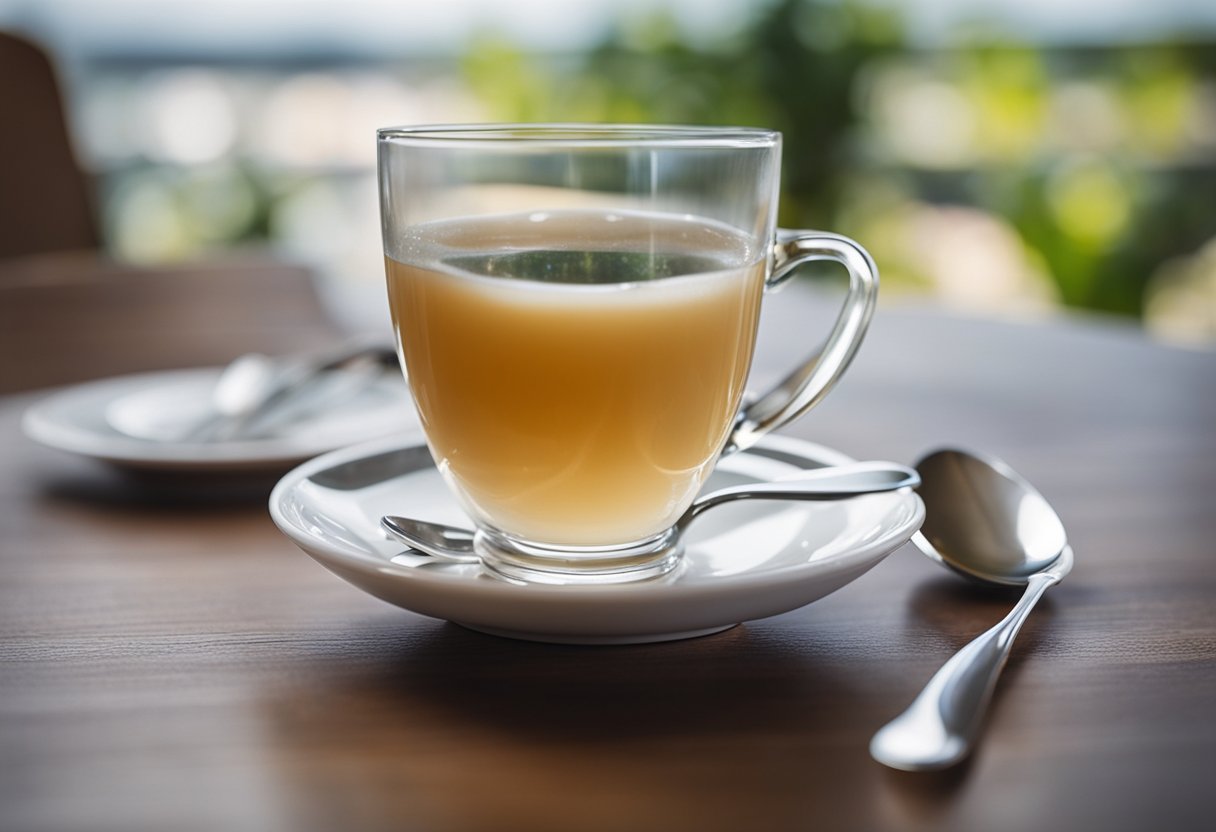
As someone who loves to drink milk tea, I can confidently say that its taste profile is unique and delightful. Milk tea is a blend of tea, milk, and sugar, and the taste can vary depending on the type of tea and milk used, as well as the amount of sugar added.
Generally, milk tea has a smooth and creamy taste with a slight sweetness. The milk provides a rich and velvety texture, while the tea adds a subtle flavor that can range from floral to earthy. Some people prefer their milk tea with a stronger tea flavor, while others enjoy it with more milk and sugar for a sweeter taste.
The tea used in milk tea can be either black or green tea, and each type of tea has its own distinct taste profile. Black tea is known for its bold and rich flavor, while green tea has a more delicate and grassy taste. When combined with milk, both types of tea create a unique and delicious flavor.
In addition to the tea and milk, sugar is often added to milk tea to enhance its sweetness. The amount of sugar added can vary depending on personal preference, but it is usually enough to balance out the bitterness of the tea and the richness of the milk.
Overall, the taste profile of milk tea is a perfect balance of sweet, creamy, and earthy flavors. It is a comforting and delicious drink that can be enjoyed hot or cold, and is perfect for any time of day.
Popular Variations of Milk Tea
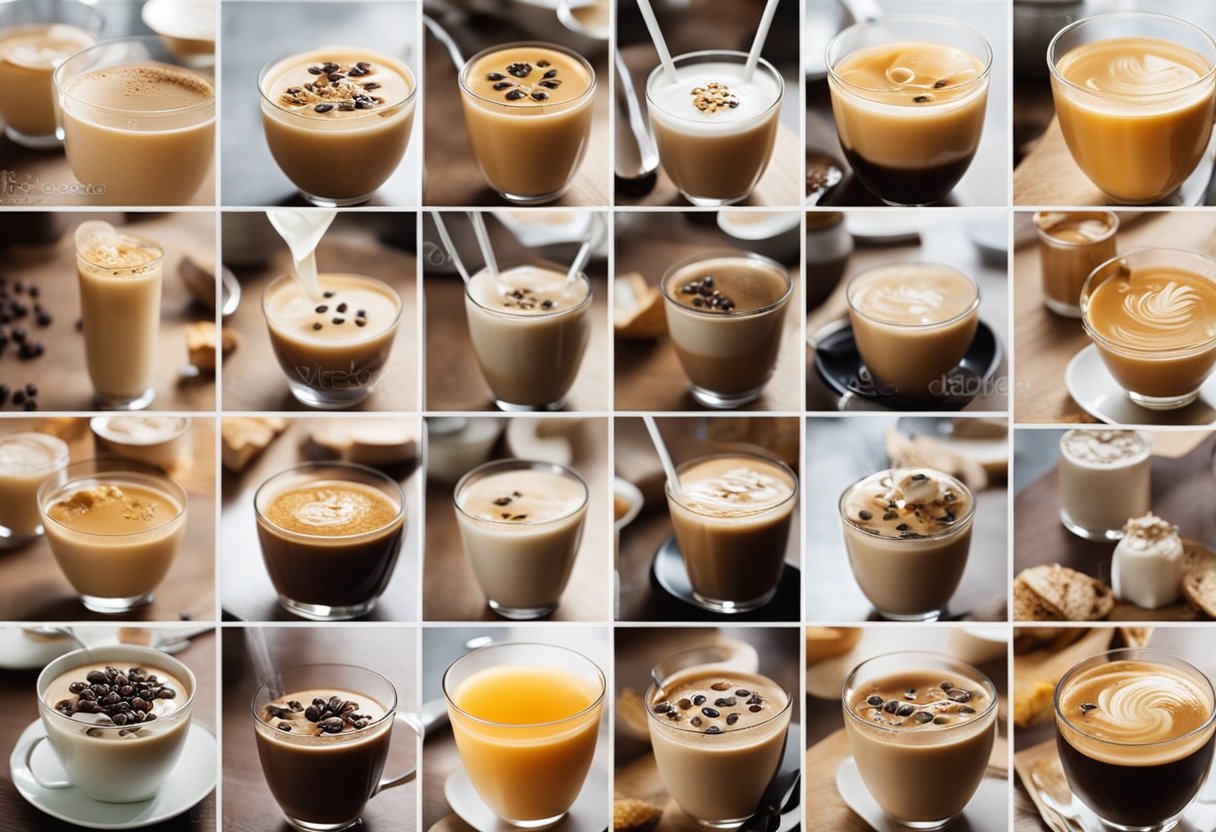
As a tea lover, I have tried many variations of milk tea, and I can confidently say that each one has a unique and delightful flavor. Here are some of the most popular variations of milk tea that I have come across:
Bubble Tea
Bubble tea, also known as boba tea, is a Taiwanese drink that has become popular worldwide. It is made by shaking together tea with milk and adding chewy tapioca balls, also known as boba, to the drink.
Bubble tea comes in many different flavors, including classic milk tea, fruit-flavored milk tea, and matcha milk tea.
Chai Tea
Chai tea is a type of milk tea that originated in India. It is made by brewing black tea with a blend of spices, such as cinnamon, cardamom, and ginger, and adding milk and sugar to the drink. Chai tea has a warm and spicy flavor that is perfect for cold weather.
Hong Kong-Style Milk Tea
Hong Kong-style milk tea is a type of milk tea that is popular in Hong Kong and other parts of Asia. It is made by brewing black tea with evaporated milk, giving it a rich and creamy flavor. Hong Kong-style milk tea is often served with breakfast or as an afternoon snack.
Thai Iced Tea
Thai iced tea is a type of milk tea that is popular in Thailand and other parts of Southeast Asia. It is made by brewing black tea with spices, such as star anise and cardamom, and adding condensed milk and sugar to the drink. Thai iced tea has a sweet and creamy flavor that is perfect for hot weather.
Black Tea with Milk
Black tea with milk is a classic British drink that is enjoyed around the world. It is made by brewing black tea and adding milk and sugar to the drink. Black tea with milk has a strong and bold flavor that is perfect for morning tea or as an afternoon pick-me-up.
Overall, milk tea is a delicious and versatile drink that can be enjoyed in many different variations. Whether you prefer bubble tea, chai tea, or black tea with milk, there is a milk tea flavor out there for everyone.
Ingredients and Additives in Milk Tea
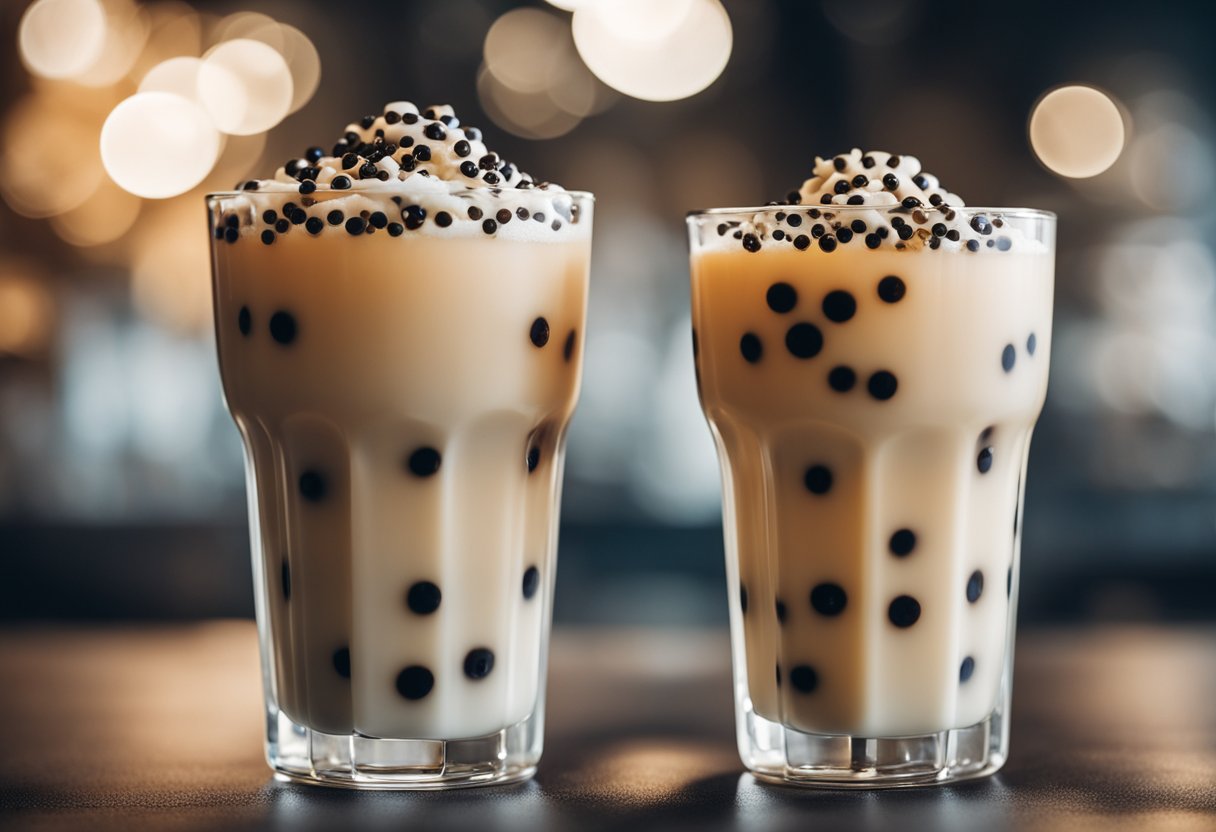
When it comes to milk tea, there are several ingredients and additives that can be used to enhance its flavor and sweetness. Here are some of the most common ones:
Sweeteners
Sugar, honey, and brown sugar are the most common sweeteners used in milk tea. They can be added to taste, depending on how sweet you like your tea. Some people also use sweeteners like stevia or agave nectar as a healthier alternative.
Spices
Spices like cinnamon, ginger, and cardamom can be added to milk tea to give it a warm, spicy flavor. These spices can be added to the tea leaves while steeping or to the milk while heating it up.
Flavors
Flavors like chocolate, vanilla, and fruit can be added to milk tea to give it a unique taste. Some popular fruit flavors include mango, strawberry, and lychee. Almond and coconut flavors can also be added for a nutty taste.
Toppings
Toppings like caramel, tapioca pearls (also known as boba), fruit jelly, and grass jelly can be added to milk tea for an extra burst of flavor and texture.
Tapioca pearls are the most popular topping and are often referred to as “boba.” They are small, chewy balls that are added to the bottom of the cup and are sucked up through a straw with the tea.
Ice
Ice cubes can be added to milk tea to make it cold and refreshing. Some people also add crushed ice or shaved ice for a slushy-like texture.
Overall, the ingredients and additives used in milk tea can vary greatly depending on personal preference and regional traditions. However, the common thread is that they are all used to enhance the flavor and sweetness of the tea.
Making Your Own Milk Tea
If you want to know what tea tastes like with milk, the best way to find out is to make your own milk tea. Making milk tea is easy and can be done with just a few simple ingredients.
Milk Tea Recipe
To make milk tea, you will need the following ingredients:
- Black tea
- Milk
- Sugar (optional)
Here is how to make milk tea:
- Boil water in a teapot.
- Add black tea to the infuser.
- Place the infuser in the teapot and pour boiling water over it.
- Let the tea steep for 3-5 minutes.
- Remove the infuser and add milk to the teapot.
- Stir in sugar to taste (optional).
How to Make Milk Tea
When making milk tea, it is important to use the right amount of milk. Too much milk can overpower the tea, while too little milk can make the tea taste too bitter. A good rule of thumb is to use a ratio of 1:3 tea to milk.
It is also important to use the right type of tea. Black tea is the most common type of tea used to make milk tea, but you can also use green tea or oolong tea.
When making milk tea, you can use any type of milk you prefer, such as whole milk, skim milk, or almond milk. Some people also like to use condensed milk or evaporated milk for a richer flavor.
Tips for Making Milk Tea
Here are some tips to help you make the perfect cup of milk tea:
- Use fresh tea leaves for the best flavor.
- Steep the tea for the right amount of time to avoid bitterness.
- Use a teapot with an infuser to make it easier to remove the tea leaves.
- Use a spoon to stir the tea and milk together.
- Adjust the amount of milk and sugar to suit your taste.
Making your own milk tea is a great way to experiment with different flavors and find the perfect combination of tea and milk. With a little practice, you can make a delicious cup of milk tea that will satisfy your cravings any time of day.
Health Implications of Milk Tea
As a fan of milk tea, I have often wondered about its health implications. Here, I will explore the potential benefits and drawbacks of drinking milk tea.
Benefits
Milk is a good source of protein and calcium, which are important for healthy bones and muscles. Tea, on the other hand, is rich in antioxidants, which can help fight free radicals that can cause cell damage. The combination of milk and tea can provide a variety of health benefits.
Studies have shown that drinking tea can help reduce the risk of cancer and heart disease. The antioxidants in tea can help prevent cell damage and reduce inflammation, which can contribute to chronic diseases. Milk can also help lower blood pressure, which is a risk factor for heart disease.
Drawbacks
While milk tea can provide health benefits, it is important to note that not everyone can tolerate milk. Lactose intolerant individuals may experience digestive issues after consuming milk, which can negate any potential health benefits.
Additionally, some studies have suggested that adding milk to tea may reduce the antioxidant activity of the tea. This is because the milk proteins can bind to the tea catechins, which are the antioxidants in tea.
However, other studies have found that adding milk to tea does not significantly affect the antioxidant activity of the tea.
Conclusion
In conclusion, milk tea can provide a variety of health benefits, including protein, calcium, and antioxidants. However, it is important to note that not everyone can tolerate milk, and adding milk to tea may reduce the antioxidant activity of the tea. As with any food or beverage, moderation is key.
The International Influence of Milk Tea
Milk tea is a popular drink that has gained international recognition over the years. As I have learned, milk tea is a fusion food that is not originally from China.
It has a lot of international influence on what it means and what flavors are used in milk tea. For example, coconut, mango, and even chocolate are popular flavors used in milk tea.
One of the most popular milk tea flavors that has gained international recognition is hazelnut. This flavor has become a favorite among milk tea lovers, and it is often used in various milk tea blends. Hazelnut milk tea has a sweet and nutty flavor that is sure to satisfy any sweet tooth.
Another flavor that has gained popularity in milk tea is nutmeg. Nutmeg is a spice that is often used in baking, but it has found its way into milk tea as well. Nutmeg milk tea has a warm and spicy flavor that is perfect for chilly weather.
The international influence of milk tea has also led to the creation of various milk tea blends that are unique to different regions. For example, Taiwanese milk tea is a popular blend that is made with black tea, milk, and sugar. This blend has become so popular that it is now a staple drink in Taiwan.
In conclusion, the international influence on milk tea has led to the creation of various flavors and blends that are enjoyed by people all over the world.
Hazelnut and nutmeg are just a few examples of the unique flavors that have found their way into milk tea. Milk tea is a fusion food that has something for everyone, and it is sure to continue to gain popularity in the years to come.
Frequently Asked Questions
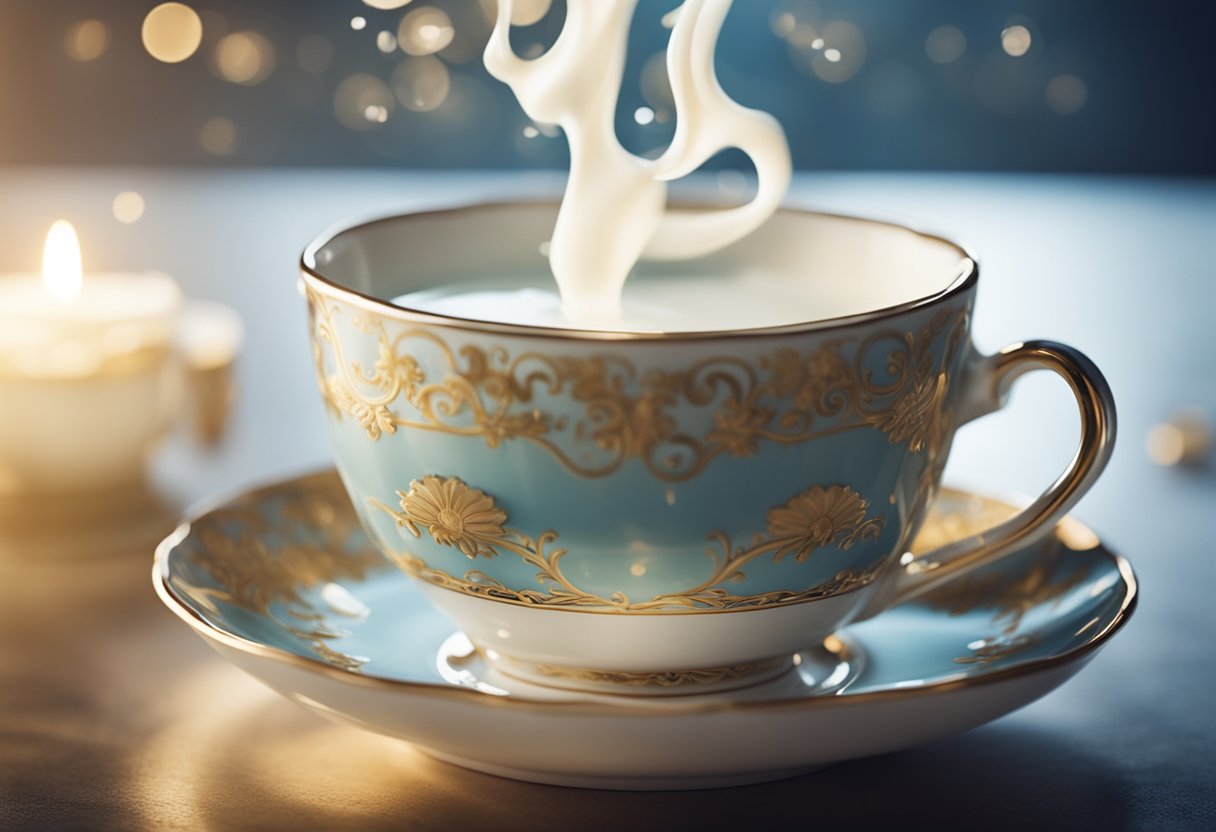
How does adding milk change the flavor of tea?
Adding milk to tea can change its flavor profile by adding richness, creaminess, and a subtle sweetness. The milk can also help mellow out any bitterness or astringency in the tea. The type of milk used can also affect the flavor, with whole milk providing a creamier taste than skim milk.
What is the best type of tea to pair with milk?
Black tea is the most common type of tea to pair with milk, as it has a robust flavor that can stand up to the addition of milk. However, other types of tea, such as oolong and green tea, can also be paired with milk for a unique flavor experience.
Does the amount of milk added affect the taste of tea?
Yes, the amount of milk added can affect the taste of tea. A small amount of milk can add a subtle creaminess, while a larger amount can make the tea richer and more decadent. However, adding too much milk can overpower the flavor of the tea, so it’s important to find the right balance.
What are some common flavor notes in milk tea?
Common flavor notes in milk tea include a creamy sweetness, a hint of nuttiness, and a smooth, velvety mouthfeel. The tea itself may have notes of malt, caramel, or chocolate, which are complemented by the addition of milk.
Can adding milk to tea reduce its bitterness?
Yes, adding milk to tea can help reduce its bitterness. The proteins in milk bind with the tannins in tea, which can help neutralize any bitter or astringent flavors. However, it’s important to note that adding too much milk can also mask the natural flavors of the tea.
Is it traditional to add milk to tea in certain cultures?
Yes, adding milk to tea is a traditional practice in many cultures, including India, the UK, and parts of Asia. In fact, in India, a popular beverage known as chai is made with black tea, milk, and spices like cinnamon, cardamom, and ginger. The addition of milk helps balance out the spices and create a rich, creamy drink.





